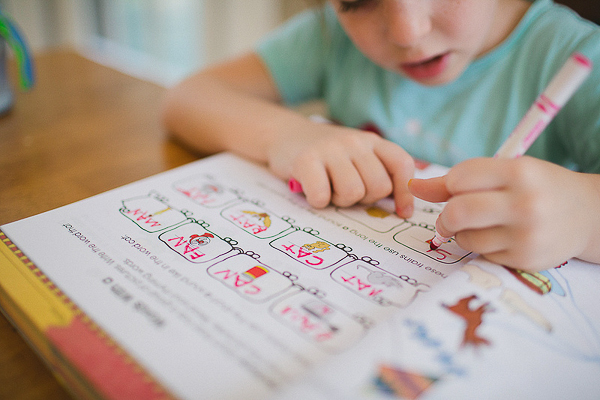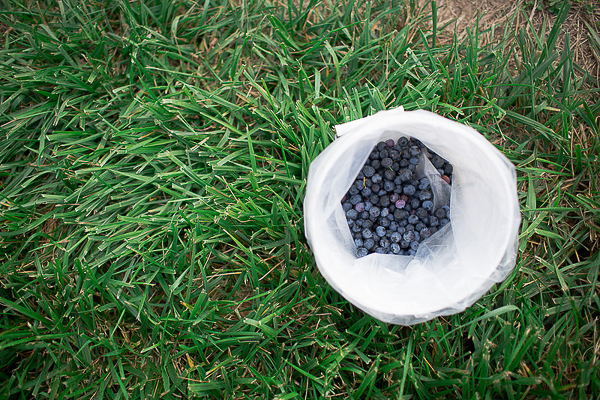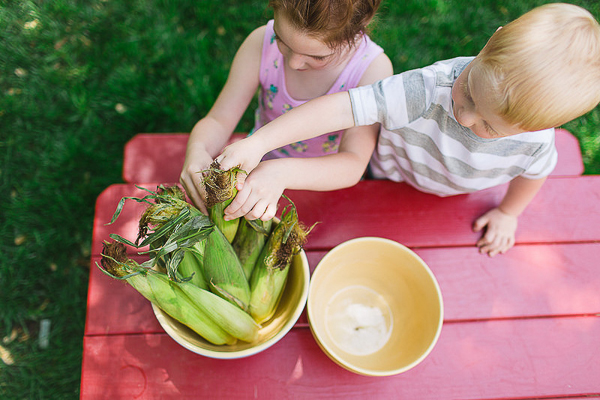No more teachers, no more books, no more teachers’ dirty looks …
As a former elementary teacher, I know full well how this rings true in many households come summer’s arrival, the hooting, the hollering, the celebration cartwheels … and sometimes the children join in.
However, after sitting through hundreds of parent-teacher conferences each fall, I also know that if not used strategically, summertime freedom can actually slow down or even reverse the progress a student is making; and while I definitely believe children need a relief from this sort of rigor, with a little planning, summer can actually be a time to inspire curiosity, nurture strong interests and foster deep learning. Here are my top teacher-approved tips to making the most of summer for your student:
Read.
“Reading is so much more than simply an academic discipline. It is the doorway between a life of dependence on other people on one side and a life of spiritual and personal freedom on the other …
The ability to read is foundational to all education. Literacy is the power to acquire knowledge and learn. But your efforts at giving your children the ability to read will be in vain if you do not also give them the desire to read …
Reading is the foundation of all knowledge and education. Reading exercises and strengthens the mind for great thoughts. Reading cultivates a love for knowledge and self-education. Reading contributes to moral development and godly character. Reading provides patterns for noble, heroic and righteous living. Reading increases understanding of the world’s views and values. Reading instills a broad understanding of history and its influences. Reading models correct grammar and the best uses of language. Reading contributes to a wide vocabulary and good word usage.”
-Educating the Whole Hearted Child
The school year is full of textbooks and required reading. As mentioned before, children definitely need a break from this; however, summer can be a prime time to explore new literature and actually grow or reignite your child’s interest in reading. Leisurely exploring the library together is a great place to start. When curiosity is sparked throughout the day in normal conversations and daily occurrences, help them request books online that answer their questions or relate to their interests so that they’re pulled and ready to pick up next time you visit! Pick a chapter book or series to read together and wonder aloud as you get to know the plot. Teaching children to invest emotionally in what they’re reading is something best done through modeling and expressing your own connections as you read: “This reminds me of another story I know …”, “I’ve had that happen to me …”, “I wonder how he feels right now …”, etc. Additionally, summer is a great time to look for ways to diversify your children’s literary appetite when they’re not bogged down with required reading. Naturally, most children are drawn to graphics and fiction; however, including biographies, historical pieces, technical reading, news articles (with supervision for content, of course), etc. are all ways to help your children not only broaden their horizons as a future citizen, but strengthen their reading skills as well as various genres actually require different reading strategies.
Don’t know where to start? An amazing resource can be found at www.lexile.com – many teachers use children’s Lexile scores (determined through a series of assessments) to help them determine their reading needs, but parents can also use the website to help find books not only according to their grade level (and whether they find on-grade reading material difficult or easy) but according to specific interest. Your child not reading yet? Use the resource to help you find new books to read to your children!
Learn more about how to teach your child to read here!
Engage.
“The most beautiful thing we can experience is the mysterious. It is the source of all true art and science.”
-Albert Einstein
Summer is a great time to explore the many amazing features of the city and beyond city limits. Honestly, with the wealth of activities the city has to offer, it would be more than easy to fill each week, even each day with different new and exciting opportunities. However, the key is to remembering that this is not just to keep them “busy” but rather, to engage WITH them. The deepest learning will take place when you actually take mutual interest with them in the activities and build background knowledge in whatever activity you are planning. Children are incredibly intuitive and know the difference between something you’re really excited about and something you’ve planned simply to get out of the house. Although we all need the latter every now and again, the more genuinely interested you are in an activity, the greater success it will have.
Giving your children a set of choices and allowing them to give input on what they’re most interested in is a great place to begin. Then, if, say, The Berry Patch appeals to both of you, stock up on books ahead of time from the library about blueberries, plants, farming, etc. A “field trip” like that can go many different directions with a theme, it’s all about what you make of it depending on your child’s age and interests. Trying out Kaleidoscope or Wonderscope? Search for and request books on various artists and inventors. Bonus points if you know someone who is an artist and can help your child make that connection! Older children might enjoy contacting local business owners and asking them for tours of their facilities. Many such as Strawberry Hill Povitica and Shatto Milk Company offer informational tours for groups upon request and even offer free samples! 😉
Again, the key is not to fill their waking hours with busyness, but to take advantage of less “structured” hours. “Out of the box” activities help your student not only keep their imagination alive and growing despite the abundance of chlorinated pool water and sunscreen-slathering, but broaden their interests and background knowledge that will, in turn, spark greater creativity in their studies.
Include.
“Write it on your heart that every day is the best day in the year.”
-Ralph Waldo Emerson
This, for me, quite honestly, is the most difficult. As an individual who highly values productivity, slowing down to intentionally and sincerely involve my children in what I’m doing is quite a challenge. We all know the school year is all about alarm clocks and deadlines and, really, summer is the perfect time to establish a refreshed way of doing things. Personally, I’m trying to look for ways to truly let my children work alongside me, with me, rather than me working around them. Not only that, but I am challenging myself to truly engage in more meaningful conversations about why and how we are doing things rather than landing on “because I said so” quite so often. Daily routines can actually lend themselves to surprisingly lasting lessons not only about math, history, religion, literature and other academic subjects, but citizenship and society as well. My five year-old helped me empty the dishwasher tonight and somehow we ended up talking about the water cycle, water plants and water conservation. We are working together to plan dinner, search the grocery store, set the table, measure out ingredients, discuss the news, watch the weather … very quickly, routines that are already in place become learning opportunities.
As a teacher, I would often reassure parents who were concerned that their child already knew grade-level material that in educating our students as future citizens, the goal is not extremely “deep” knowledge, but “wide” understanding. Basically, in order to empower our students to become responsible, contributing members of society, it is far more important to give them the gift of a well-balanced, well-rounded education enriched with a variety of meaningful experiences rather than simply striving to extend their academic skills as far beyond grade-level expectations as possible. In my own “teacher” opinion, this lofty ambition is most successfully achieved through well-planned, mutually-involved, genuinely executed year-round learning.




















